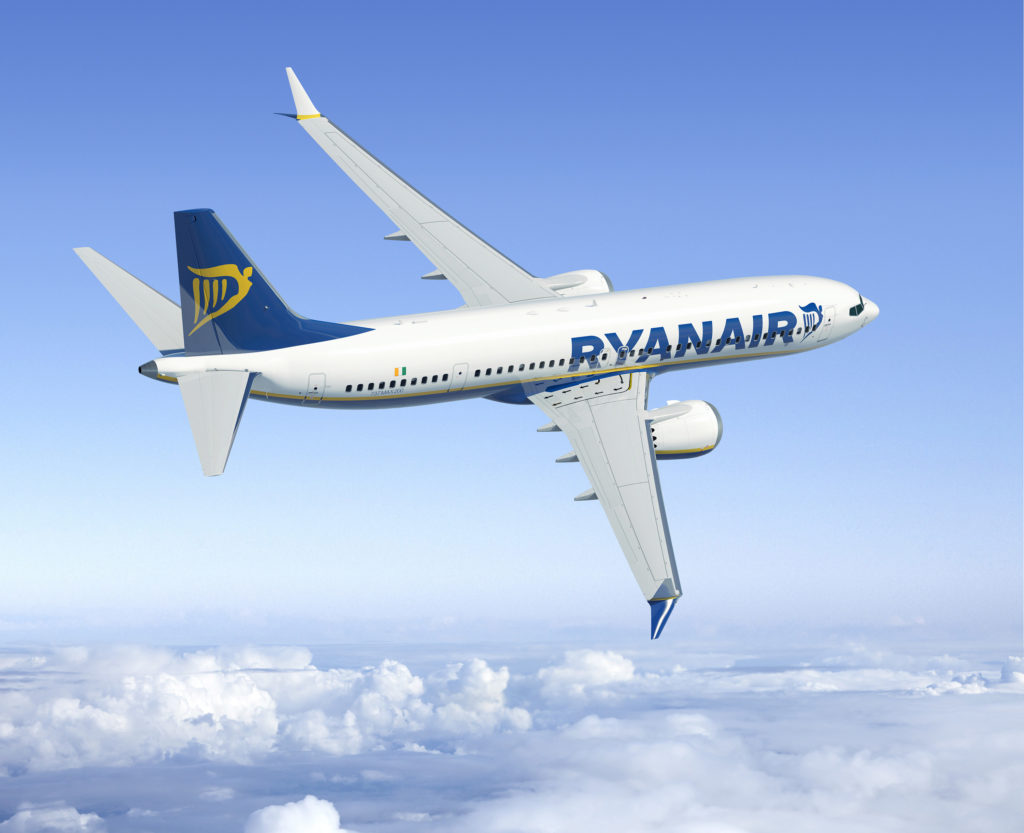Ryanair says negotiations to buy Boeing 737 MAX 10 aircraft have ended without an agreement on pricing.
The European juggernaut is a major customer for the MAX and was looking to place an order for the bigger version to follow current deliveries of 210 Boeing 737 MAX 8 aircraft.
It refers to its aircraft as the B737 8200 “Gamechanger” because of its higher seating capacity and increased efficiency — the planes have eight more seats than the airline’s 189-seat Boeing 737-800NGs.
READ: First Embraer E2 service opens up London city possibilities.
It will take delivery of the 737-8200s over the next five years to 2025 and the deliveries will see its fleet grow to more than 600 aircraft capable of carrying 200 million passengers a year.
The MAX 10 negotiations stretched over 10 months but the airline said it became clear last week the pricing gap between the two companies could not be closed.
Both sides had agreed “to waste no more time on these negotiations”, it said.
“We are disappointed we couldn’t reach agreement with Boeing on a MAX10 order,’’ Ryanair boss Michael O’Leary said in a statement.
“However, Boeing have a more optimistic outlook on aircraft pricing than we do, and we have a disciplined track record of not paying high prices for aircraft.
“We have a more than sufficient order pipeline to allow us to grow strongly over the next 5 years with a Boeing 737 fleet, which will rise to over 600 aircraft and will enable Ryanair to capitalize on the extraordinary growth opportunities that are emerging all over Europe as the Continent recovers from the Covid pandemic.”
O’Leary could not resist a parting barb, noting Boeing’s optimistic pricing outlook “could explain why in recent weeks other large Boeing customers such as Delta and Jet2, have been placing new orders with Airbus, rather than Boeing”.
Ryanair has been seeing a strong recovery in European short-haul flights and O’Leary recently predicted capacity would reach pre-pandemic levels in October.
But he said load factors were likely to be around 80 to 85 percent, compared to more than 90 percent before COVID, and ticket pricing was not expected to return to 2019 levels until the summer of 2022.
























